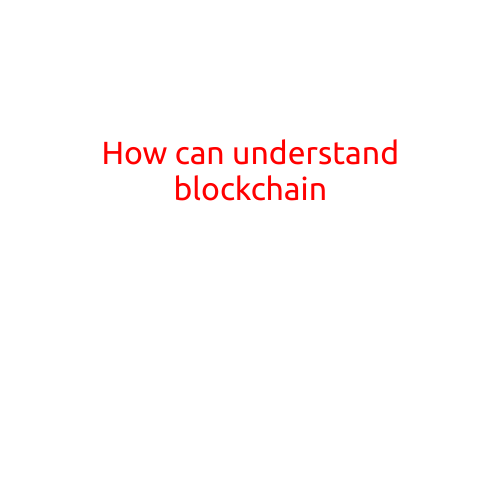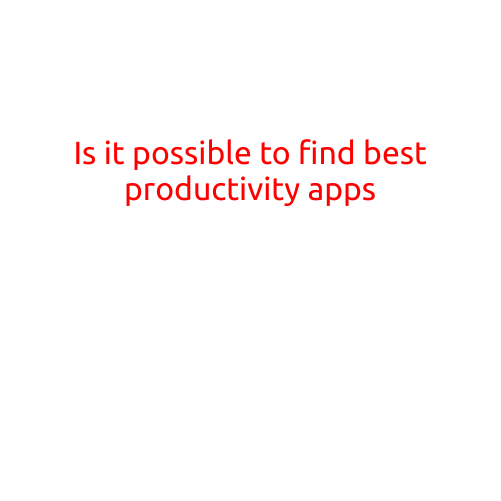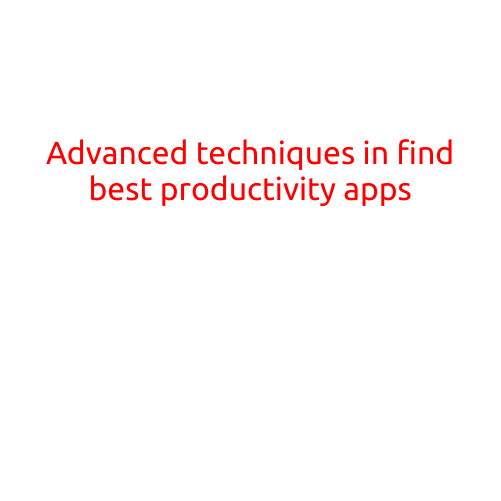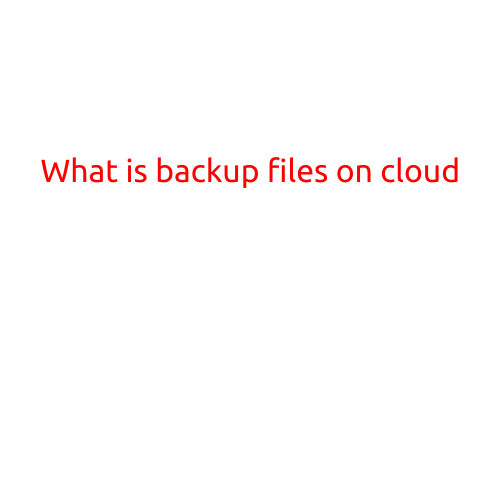
How to Understand Blockchain
In recent years, the term “blockchain” has become a buzzword in the tech industry, often associated with cryptocurrencies like Bitcoin and Ethereum. However, blockchain is more than just a means to facilitate digital payments – it’s a revolutionary technology that has the potential to transform the way we transact, interact, and do business. In this article, we’ll break down the basics of blockchain and provide a comprehensive guide to help you understand this complex technology.
What is Blockchain?
Blockchain is a decentralized, digital ledger that records transactions across a network of computers. It’s essentially a chain of blocks, each containing a set of transactions, which are linked together through cryptographic algorithms. This decentralized ledger technology allows for secure, transparent, and tamper-proof data storage and transmission.
Key Components of a Blockchain:
- Blocks: Each block contains a set of transactions, typically including information such as the sender and receiver’s addresses, transaction amounts, and timestamps.
- Chains: The blocks are linked together through cryptographic hash functions, creating a chain of blocks, hence the name “blockchain”.
- Network: A network of computers, known as nodes, validates and verifies transactions, ensuring the integrity of the blockchain.
- Mining: A process called mining is used to add new blocks to the blockchain, verifying and ensuring the integrity of the transactions.
How Does Blockchain Work?
Here’s a step-by-step explanation of how blockchain technology works:
- Transaction: A user initiates a transaction, such as sending cryptocurrency or data to another user.
- Verification: The transaction is verified by nodes on the network, ensuring that the sender has the necessary funds or permissions.
- Block creation: A miner collects and compiles a set of verified transactions into a block.
- Hashing: The miner creates a unique digital fingerprint, or hash, for each block, linking it to the previous block.
- Mining: The miner solves a complex mathematical puzzle, known as a proof-of-work (PoW) algorithm, to validate the block and add it to the blockchain.
- Verification: The nodes on the network verify the new block, ensuring that the transactions are valid and the block is added to the chain.
Benefits of Blockchain:
- Security: Blockchain technology is incredibly secure, thanks to its decentralized nature and cryptographic algorithms.
- Transparency: All transactions are recorded publicly, ensuring transparency and trust.
- Immutable: The blockchain is immutable, making it difficult to alter or manipulate transactions.
- Efficiency: Blockchain technology eliminates the need for intermediaries, reducing costs and increasing efficiency.
Use Cases for Blockchain:
- Cryptocurrencies: Blockchain technology is used to facilitate the creation, transmission, and storage of cryptocurrencies.
- Supply Chain Management: Blockchain technology can be used to track and verify the origin, movement, and ownership of goods.
- Smart Contracts: Blockchain technology can be used to automate and execute smart contracts, reducing the need for intermediaries.
- Healthcare: Blockchain technology can be used to store and transmit medical records, ensuring data security and privacy.
Getting Started with Blockchain:
If you’re interested in exploring blockchain technology further, here are some steps you can take:
- Learn the Basics: Start by understanding the fundamental concepts of blockchain technology, such as cryptocurrencies, nodes, and mining.
- Choose a Platform: Familiarize yourself with popular blockchain platforms, such as Ethereum, Hyperledger Fabric, or Corda.
- Experiment: Start experimenting with blockchain technology by creating a simple smart contract or participating in a blockchain-based project.
- Stay Up-to-Date: Follow industry news, attend conferences, and join online communities to stay informed about the latest developments and advancements in blockchain technology.
In conclusion, blockchain technology is a complex and fascinating field that has the potential to revolutionize the way we do business and interact with each other. By understanding the basics of blockchain and its various components, you’ll be better equipped to navigate the world of blockchain and explore its numerous applications and use cases.





